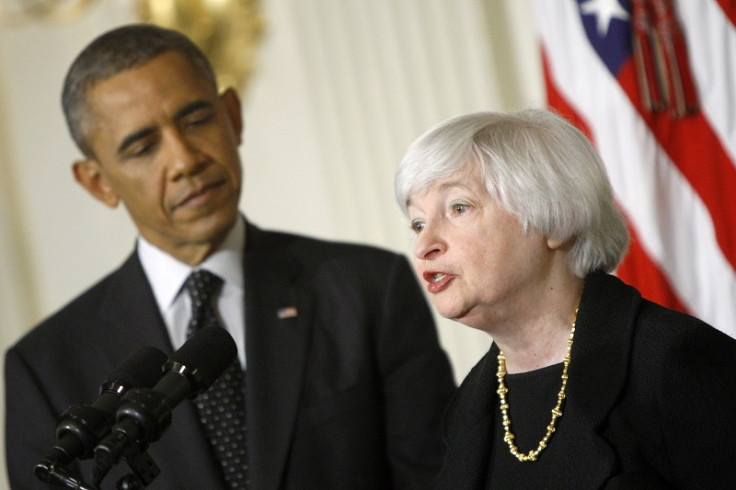US Unemployment Rate Drop to 6.7% Brings Federal Reserve Threshold Closer

The US unemployment rate has dropped to 6.7% in December as 74,000 were added to the world's largest economy, according to official figures.
The Bureau of Labor Statistics (BoL) also revealed employment rose in retail trade and wholesale trade, but was down in information.
The research body explained the overall jobless rate fell from 7% in November to 6.7% - representing a 0.3% drop – and nonfarm payroll employment (relating to jobs in goods, construction and manufacturing firms) increased by 74,000.
The figures were lower than analysts expected, but Chris Williamson, chief economist at Markit, told IBTimes UK he still felt positive about the numbers.
"It's December, which is often a month where you see big revisions and with the cold weather, there is every likelihood that [the BoL] have underestimated the count," he explained.
He added: "Over the fourth financial quarter as whole, even with the weak December number, you've got a [job] rise of 515,000 against 502,000 in the third quarter. So the [US labour market] is still showing good gains"
The data also disclosed that the number of unemployed persons in the US declined by 490,000 to 10.4 million over the same period.
The figures mean, over 2013, the number of unemployed persons and the unemployment rate were down by 1.9 million and 1.2%, respectively.
Among the unemployed, the number of job losers and persons who completed temporary jobs decreased by 365,000 in December to 5.4 million.
The number of long-term unemployed (those jobless for 27 weeks or more), at 3.9 million, showed little change; these individuals accounted for 37.7% of the unemployed.
The BoL said the number of long-term unemployed has declined by 894,000 over the year.
The figures mean the unemployment rate has edged closer to the Federal Reserve's 6.5% threshold for considering an interest rate rise.
"The race is on really as to whether it will be the Fed or Bank of England (which has a 7% threshold) as to who pulls the [interest rate increase] trigger first," Williamson said.
He added: "Just one month's weak numbers doesn't mean there's a trend. The Fed will look through that weakness and see that other indicators are strong."
© Copyright IBTimes 2025. All rights reserved.






















